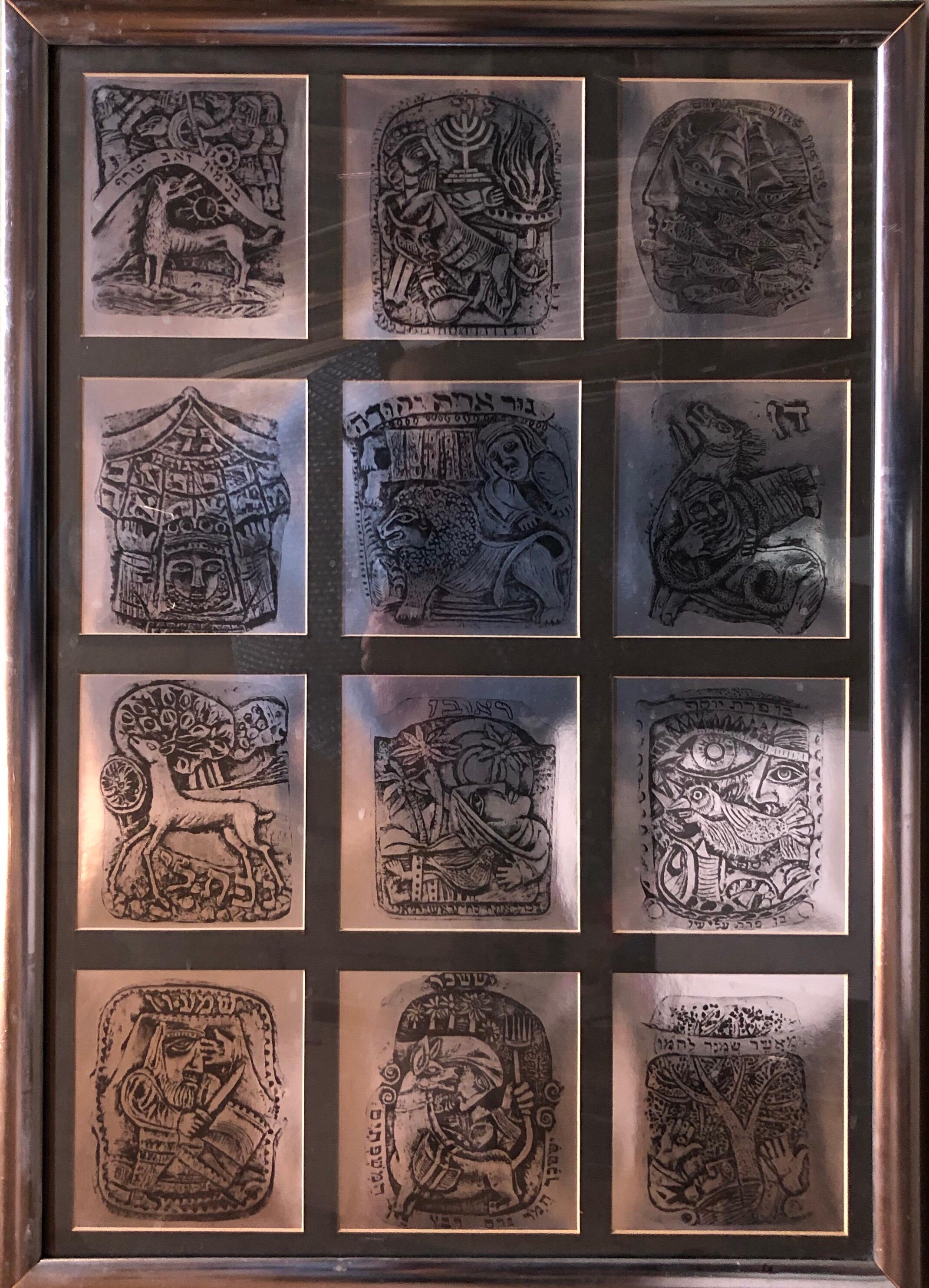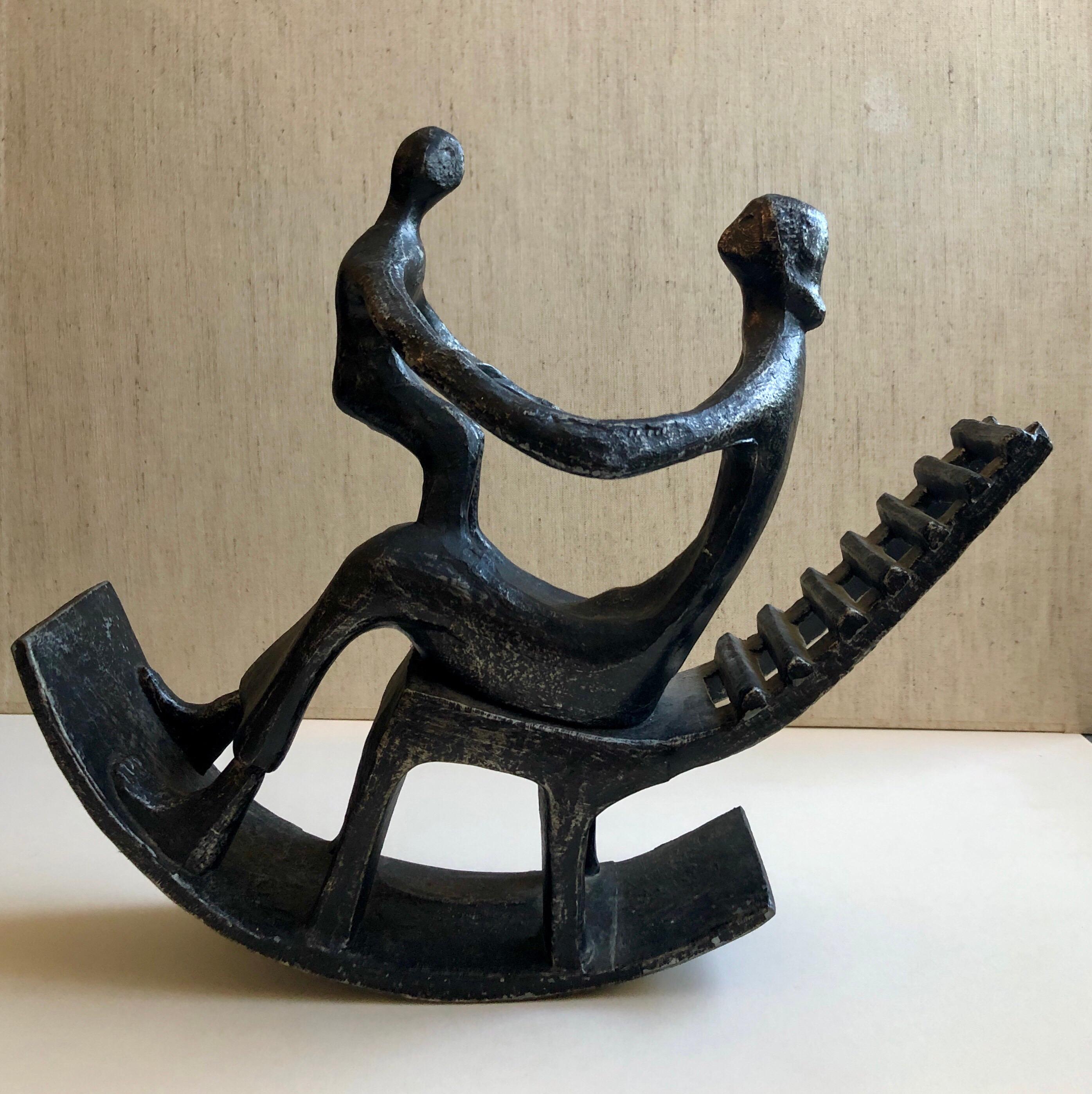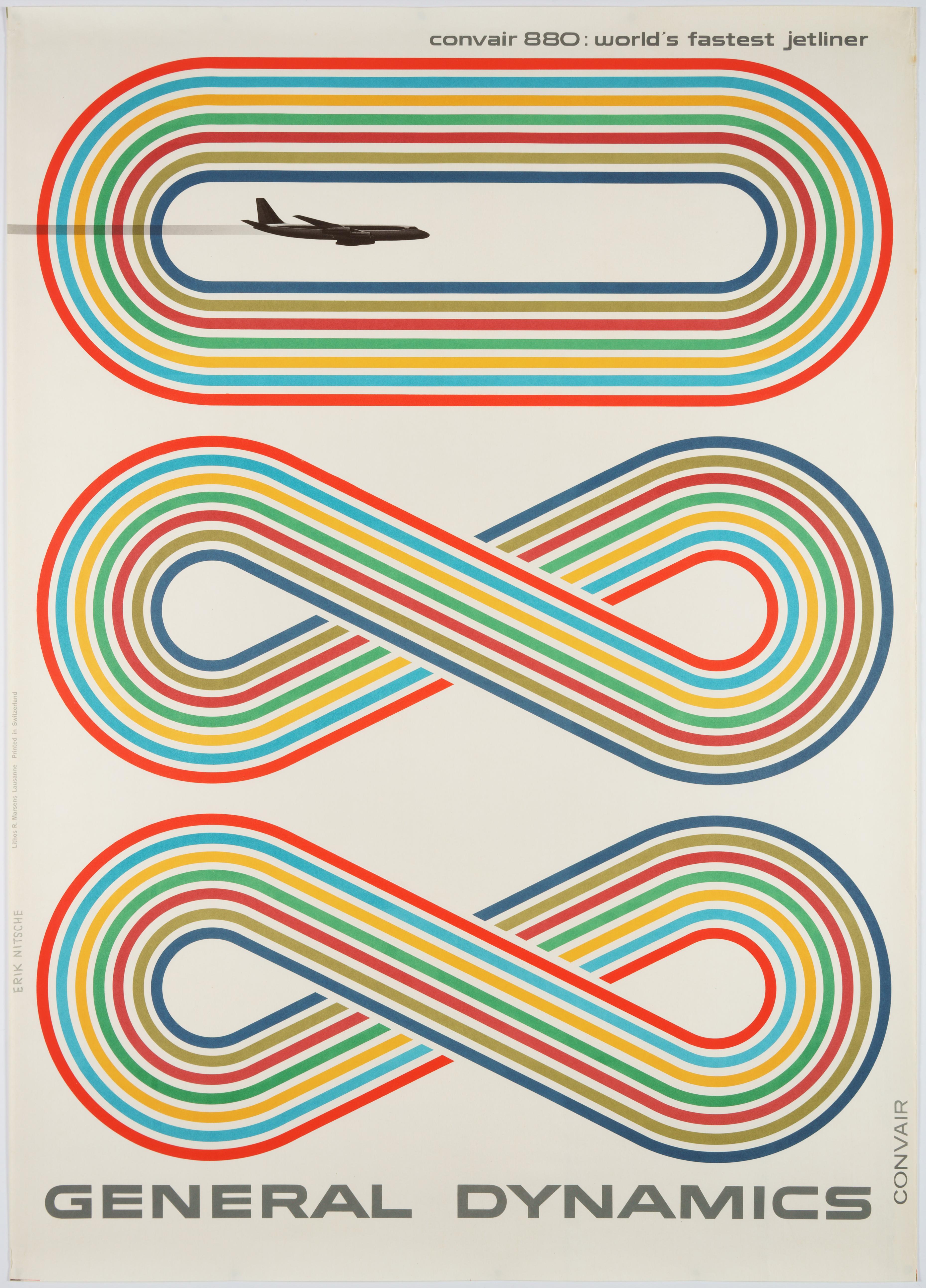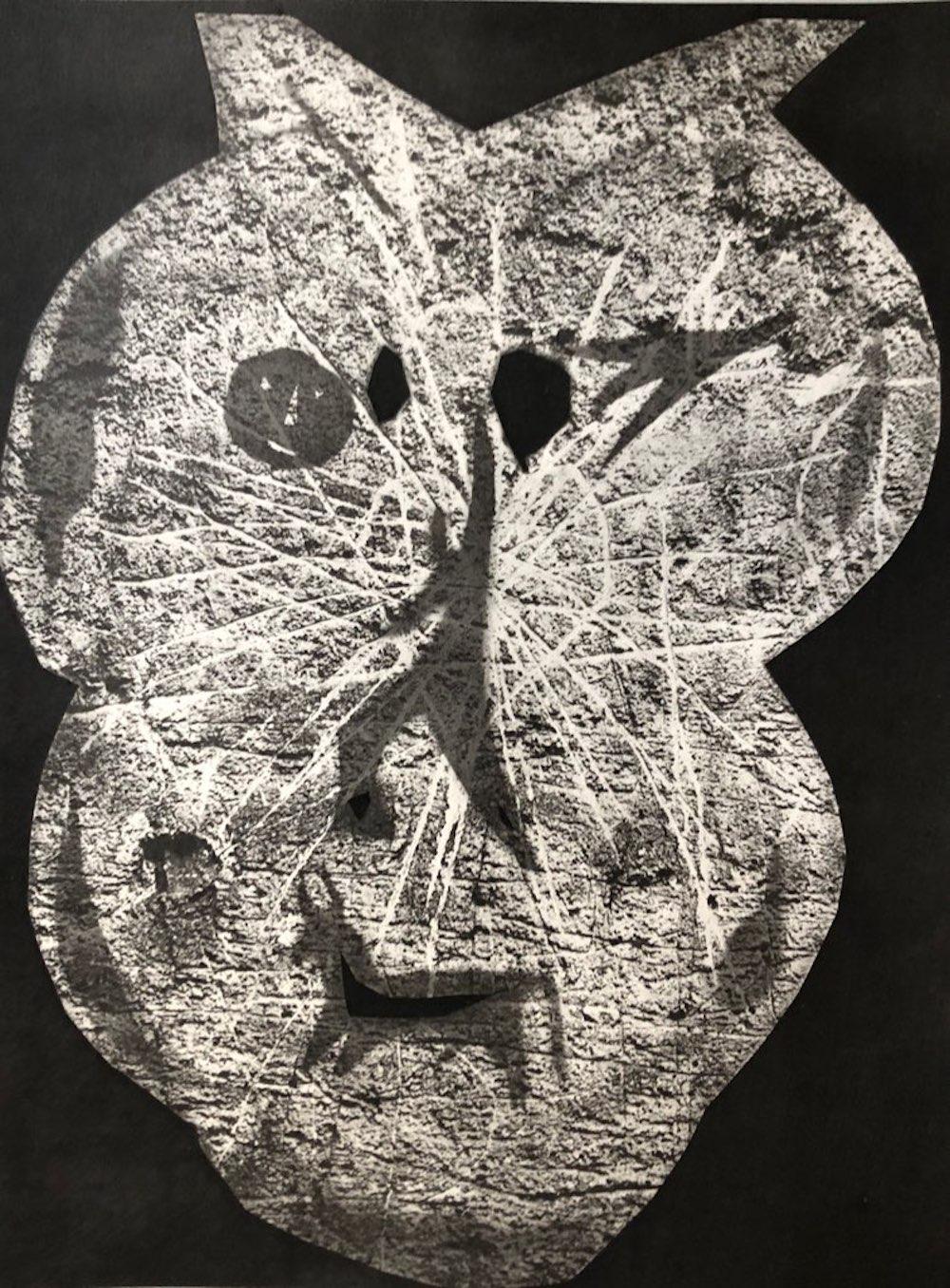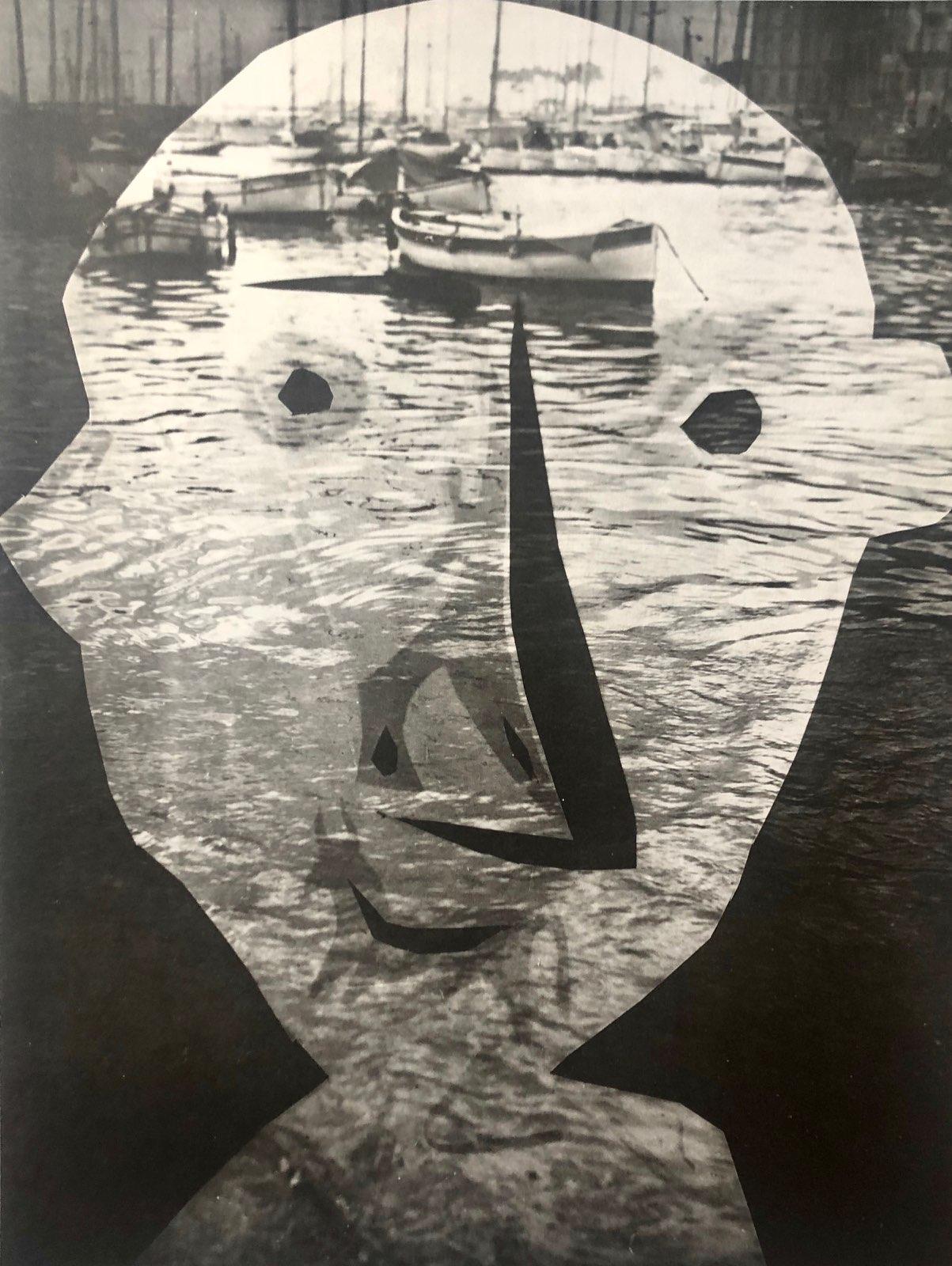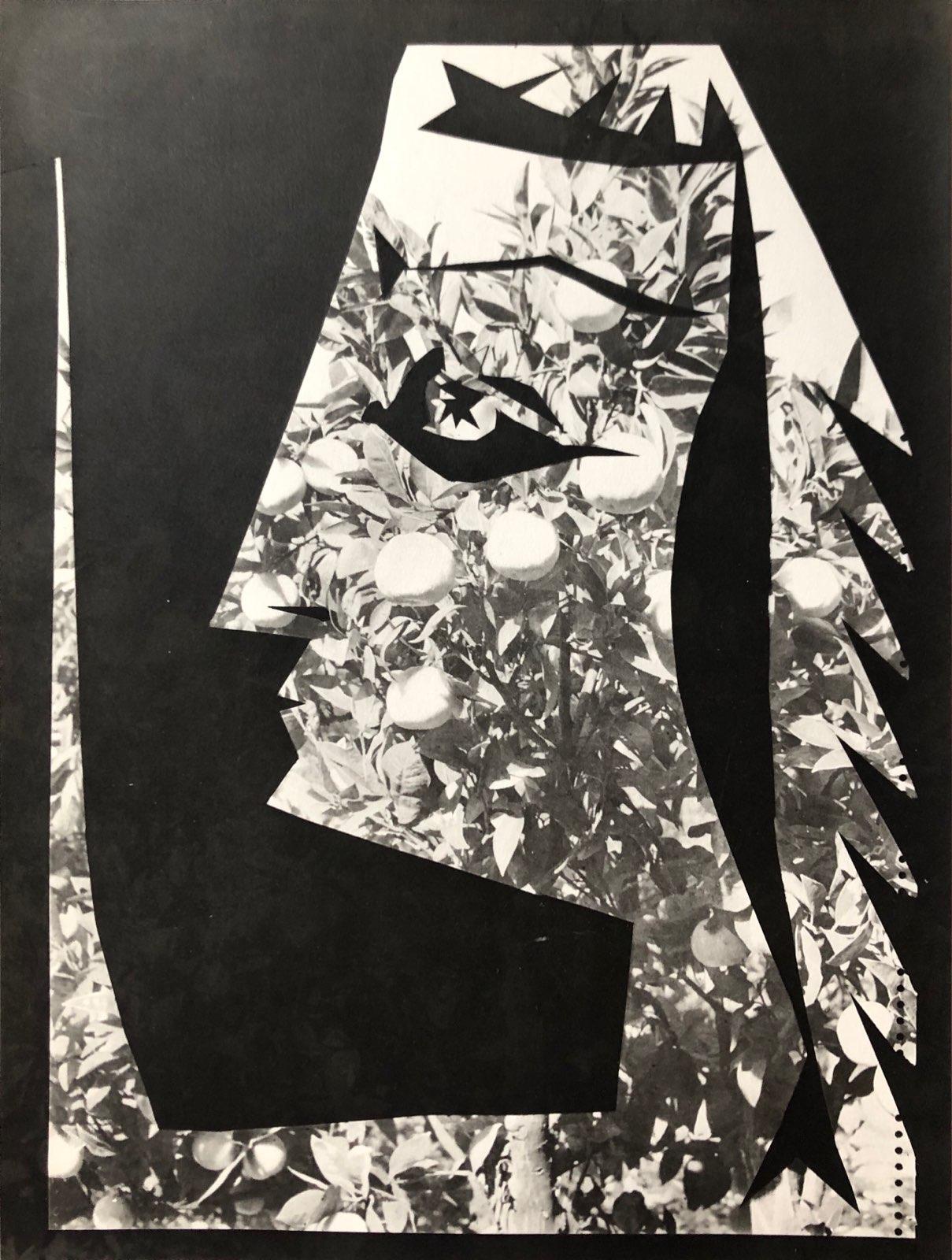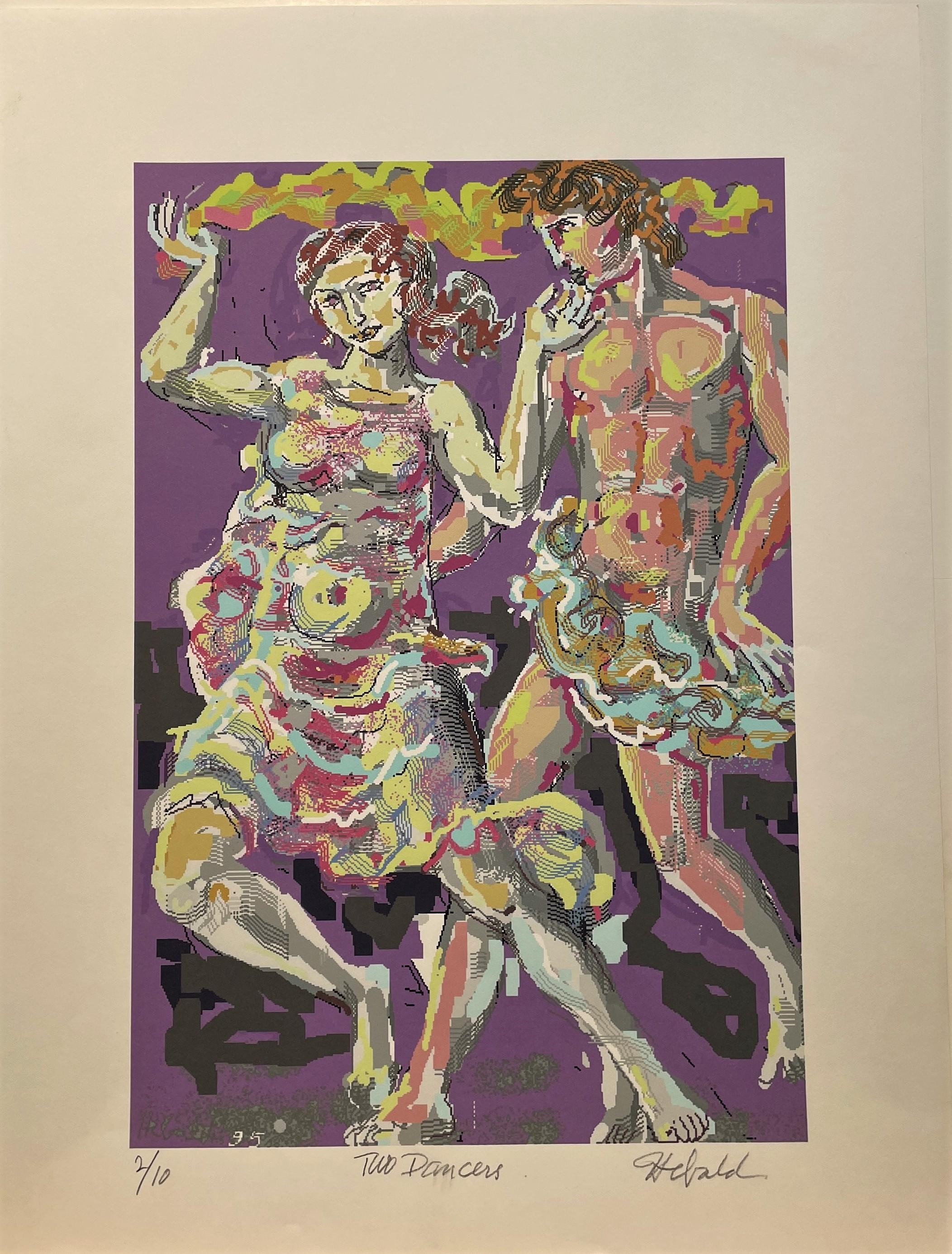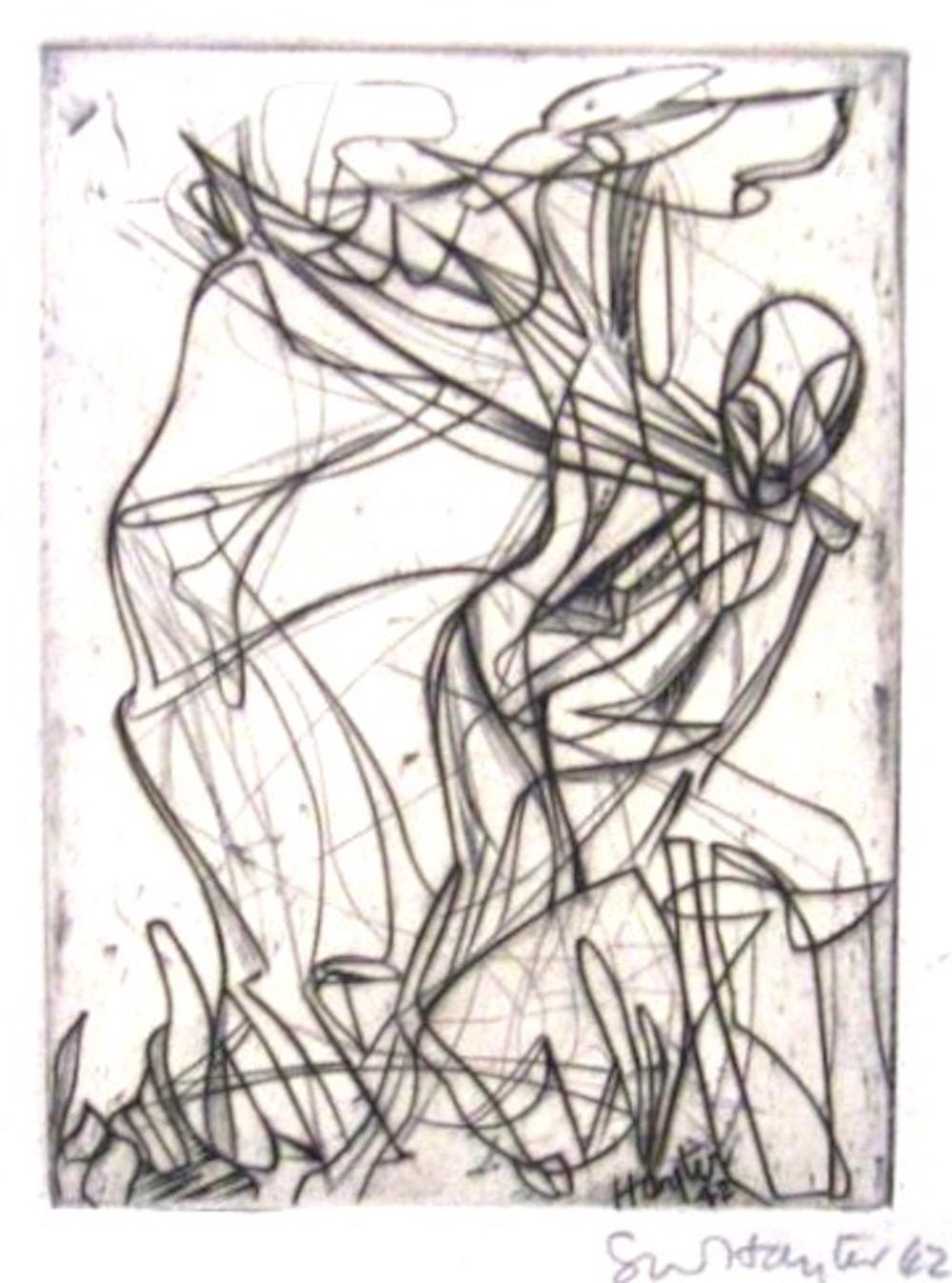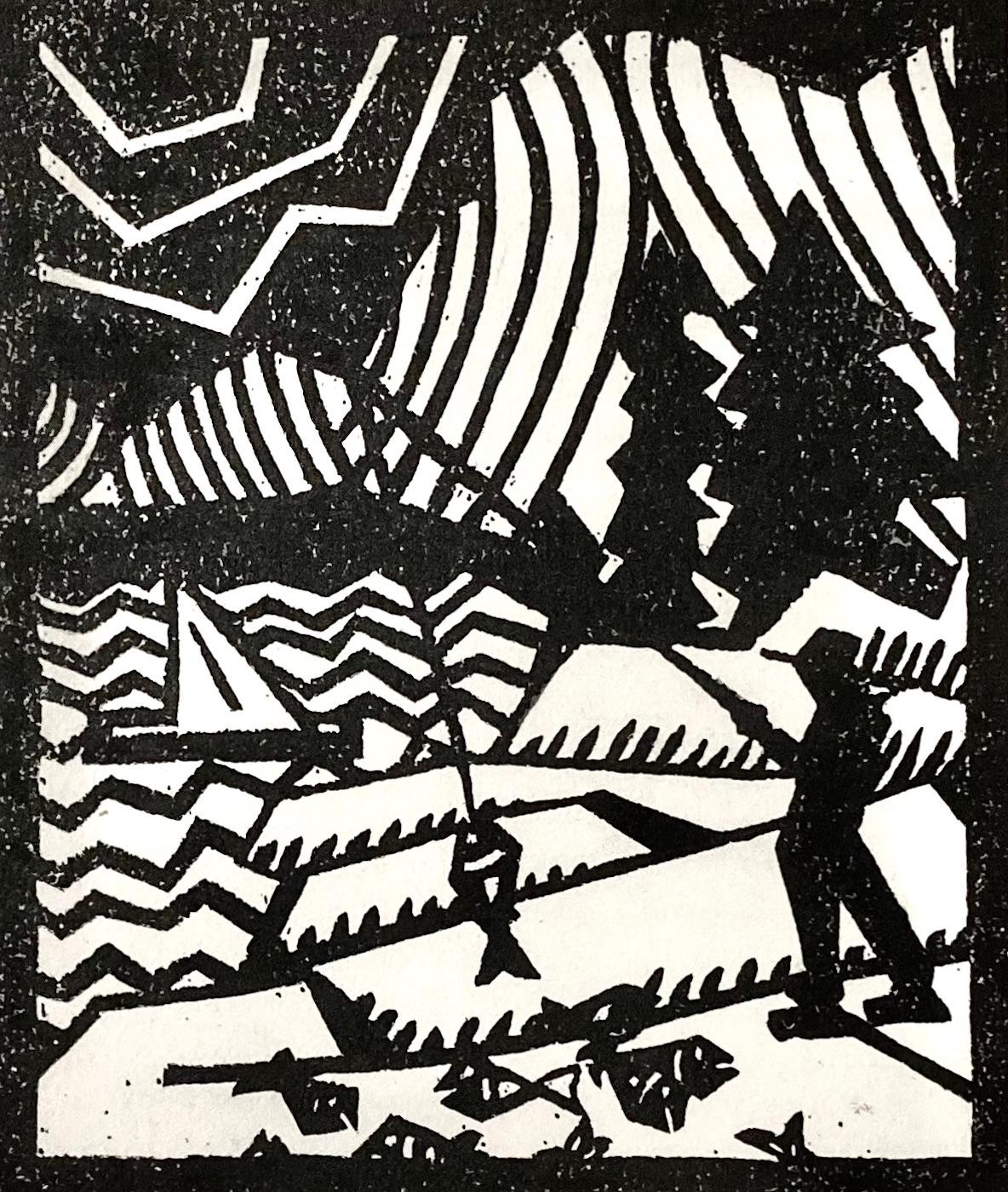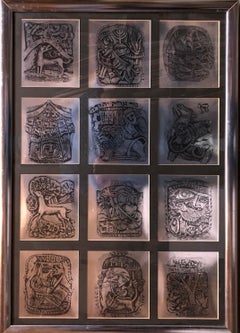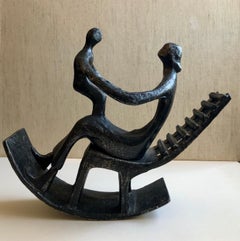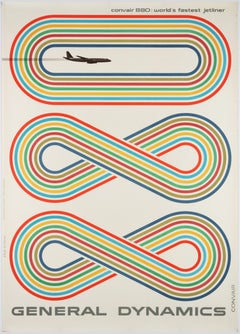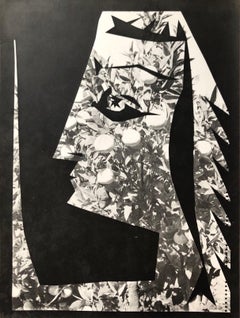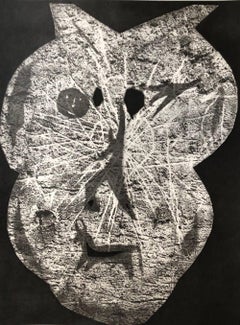
In the style of Henry Moore, Mother and Child in Rocking Chair
View Similar Items
Want more images or videos?
Request additional images or videos from the seller
1 of 16
UnknownIn the style of Henry Moore, Mother and Child in Rocking Chair c.1950s
c.1950s
About the Item
- Creation Year:c.1950s
- Dimensions:Height: 14 in (35.56 cm)Width: 13.5 in (34.29 cm)Depth: 6.25 in (15.88 cm)
- Medium:
- Movement & Style:
- Period:
- Condition:good condition with minor wear commensurate with age. some loss to patina where it touches the table.
- Gallery Location:Surfside, FL
- Reference Number:1stDibs: LU3823824372
About the Seller
4.9
Platinum Seller
These expertly vetted sellers are 1stDibs' most experienced sellers and are rated highest by our customers.
Established in 1995
1stDibs seller since 2014
1,543 sales on 1stDibs
Typical response time: 1 hour
More From This SellerView All
- Mod 1970s Israeli Judaica Foil Print 12 Tribes of Israel Zodiac Signs HebrewLocated in Surfside, FLGenre: Israeli Batia Adith Subject: Biblical Medium: Print Surface: Paper Dimensions w/Frame: 30 1/2" x 21 1/2"Category
1970s Modern Figurative Prints
MaterialsFoil
- In the style of Henry Moore, Mother and Child in Rocking ChairLocated in Surfside, FLThis is a cast metal sculpture of a woman and child, mother and baby in a rocking chair. It has a patina on a white metal. Not sure if it is steel or aluminum. It is and older vintage piece and has wear to patina where it sits and rocks on table. It is not signed or numbered and there is no foundry mark. Hence it is being sold as being after or in the manner of Henry Moore. Henry Spencer Moore (1898 – 1986) Moore was born in Castleford, the son of a coal miner. He became well-known through his carved marble and larger-scale abstract cast bronze sculptures, and was instrumental in introducing a particular form of modernism to the United Kingdom later endowing the Henry Moore Foundation, which continues to support education and promotion of the arts. After the Great War, Moore received an ex-serviceman's grant to continue his education and in 1919 he became a student at the Leeds School of Art (now Leeds College of Art), which set up a sculpture studio especially for him. At the college, he met Barbara Hepworth, a fellow student who would also become a well-known British sculptor, and began a friendship and gentle professional rivalry that lasted for many years. In Leeds, Moore also had access to the modernist works in the collection of Sir Michael Sadler, the University Vice-Chancellor, which had a pronounced effect on his development. In 1921, Moore won a scholarship to study at the Royal College of Art in London, along with Hepworth and other Yorkshire contemporaries. While in London, Moore extended his knowledge of primitive art and sculpture, studying the ethnographic collections at the Victoria and Albert Museum and the British Museum. Moore's familiarity with primitivism and the influence of sculptors such as Constantin Brâncuși, Jacob Epstein, Henri Gaudier-Brzeska and Frank Dobson led him to the method of direct carving, in which imperfections in the material and marks left by tools became part of the finished sculpture. After Moore married, the couple moved to a studio in Hampstead at 11a Parkhill Road NW3, joining a small colony of avant-garde artists who were taking root there. Shortly afterward, Hepworth and her second husband Ben Nicholson moved into a studio around the corner from Moore, while Naum Gabo, Roland Penrose, Cecil Stephenson and the art critic Herbert Read also lived in the area (Read referred to the area as "a nest of gentle artists"). This led to a rapid cross-fertilization of ideas that Read would publicise, helping to raise Moore's public profile. The area was also a stopping-off point for many refugee artists, architects and designers from continental Europe en route to America—some of whom would later commission works from Moore. In 1932, after six year's teaching at the Royal College, Moore took up a post as the Head of the Department of Sculpture at the Chelsea School of Art. Artistically, Moore, Hepworth and other members of The Seven and Five Society would develop steadily more abstract work, partly influenced by their frequent trips to Paris and their contact with leading progressive artists, notably Pablo Picasso, Georges Braque, Jean Arp and Alberto Giacometti. Moore flirted with Surrealism, joining Paul Nash's modern art movement "Unit One", in 1933. In 1934, Moore visited Spain; he visited the cave of Altamira (which he described as the "Royal Academy of Cave Painting"), Madrid, Toledo and Pamplona. Moore made his first visit to America when a retrospective exhibition of his work opened at the Museum of Modern Art in New York City.[28] Before the war, Moore had been approached by educator Henry Morris, who was trying to reform education with his concept of the Village College. Morris had engaged Walter Gropius as the architect for his second village college at Impington near Cambridge, and he wanted Moore to design a major public sculpture for the site. In the 1950s, Moore began to receive increasingly significant commissions. He exhibited Reclining Figure: Festival at the Festival of Britain in 1951, and in 1958 produced a large marble reclining figure for the UNESCO building in Paris. With many more public works of art, the scale of Moore's sculptures grew significantly and he started to employ an increasing number of assistants to work with him at Much Hadham, including Anthony Caro and Richard Wentworth. Moore produced at least three significant examples of architectural sculpture during his career. In 1928, despite his own self-described "extreme reservations", he accepted his first public commission for West Wind for the London Underground Building at 55 Broadway in London, joining the company of Jacob Epstein and Eric Gill. At an introductory speech in New York City for an exhibition of one of the finest modernist sculptors, Alberto Giacometti, Sartre spoke of "The beginning and the end of history...Category
1950s Modern Abstract Prints
MaterialsMetal
- Georges Braque Bouquet de Fleurs Lithograph Bold Blue Hand Signed Ltd Ed PrintBy Georges BraqueLocated in Surfside, FLGeorges Braque (French, 1882-1963) Bouquet de Fleurs Lithograph in colors, 1957. Published by Maeght, printed by Mourlot, Paris, France Numbered 166/300 and hand signed in pencil. ...Category
20th Century Modern Figurative Prints
MaterialsLithograph
- Pablo Picasso Estate Hand Signed Cubist Abstract Lithograph Two Pigeons or DovesBy (after) Pablo PicassoLocated in Surfside, FLPablo Picasso (after) "Deux Pigeons" limited edition print on Arches paper, Hand signed by Marina Picasso lower right and numbered 146/500 lower left From the estate of Pablo Picass...Category
20th Century Modern Abstract Prints
MaterialsLithograph
- Pablo Picasso Estate Hand Signed Cubist Lithograph Profile Young Woman PortraitBy (after) Pablo PicassoLocated in Surfside, FLPablo Picasso (after) "Sylvette De Profil Gauche" limited edition print on Arches paper, Hand signed by Marina Picasso lower right and numbered 329/500 lower left From the estate of...Category
20th Century Modern Abstract Prints
MaterialsLithograph
- Pablo Picasso Estate Hand Signed Cubist Abstract Lithograph Pigeons Doves, BirdsBy (after) Pablo PicassoLocated in Surfside, FLPablo Picasso (after) "Pigeons" limited edition print on Arches paper, Hand signed by Marina Picasso lower right and numbered 327/500 lower left From the estate of Pablo Picasso wit...Category
20th Century Modern Abstract Prints
MaterialsLithograph
You May Also Like
- General Dynamics, Convair 880, World's Fastest Jetliner – Original PosterBy Erik NitscheLocated in Zurich, CHA poster belonging to Erik Nitsche's third series for General Dynamics, promoting its Convair Company. Founded 1952, General Dynamics hired Nitsche a...Category
Mid-20th Century Modern Abstract Prints
MaterialsPaper
- Jacqueline aux FruitsBy Pablo PicassoLocated in New York, NYPablo Picasso (1881-1873) Jacqueline aux Fruits Numbered on the reverse Phototype and Pochoir 16 x 11.5 inches 957/1000Category
1960s Modern Figurative Prints
MaterialsPhotogram
- TohuBy Pablo PicassoLocated in New York, NYPablo Picasso (1881-1873) Tohu Numbered on the reverse Phototype and Pochoir 16 x 11.5 inches 957/1000Category
1960s Modern Figurative Prints
MaterialsPhotogram
$1,216 Sale Price39% Off - Le Corrigan de LittoralBy Pablo PicassoLocated in New York, NYPablo Picasso (1881-1873) Le Corrigan de Litterral Numbered on the reverse Phototype and Pochoir 16 x 11.5 inches 957/1000Category
1960s Modern Figurative Prints
MaterialsPhotogram
$1,216 Sale Price39% Off - Budding GroveLocated in Santa Fe, NMMILTON HEBALD (1917 - 2015) In 1994, at 77 years, Milton Hebald, one of the pre-eminent American figurative sculptors of the 20th centur...Category
1990s American Modern Figurative Prints
MaterialsRag Paper, Digital, Digital Pigment
- Two DancersLocated in Santa Fe, NMMILTON HEBALD (1917 - 2015) In 1994, at 77 years, Milton Hebald, one of the pre-eminent American figurative sculptors of the 20th centur...Category
1990s American Modern Figurative Prints
MaterialsRag Paper, Digital, Digital Pigment
Recently Viewed
View AllMore Ways To Browse
Set Eight White Chairs
1950 Set Aluminium Chair
Metal Rocking Chair Vintage
Vintage Vice
Retro Corner Unit
Vintage Childs Chair 20th Century
Vintage Aluminum Table And Chairs
Retro Metal Rocking Chair
Retro Style Recliner Chair
Modernist Patinaed Steel
Morris Chair Vintage
Vintage White Rocking Chair
Picasso Steel
Bronze Nest
Giacometti Post
Reclining Woman Sculpture
Marble Woman Head
Reclining Marble
